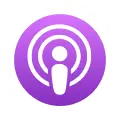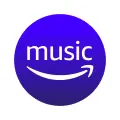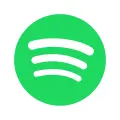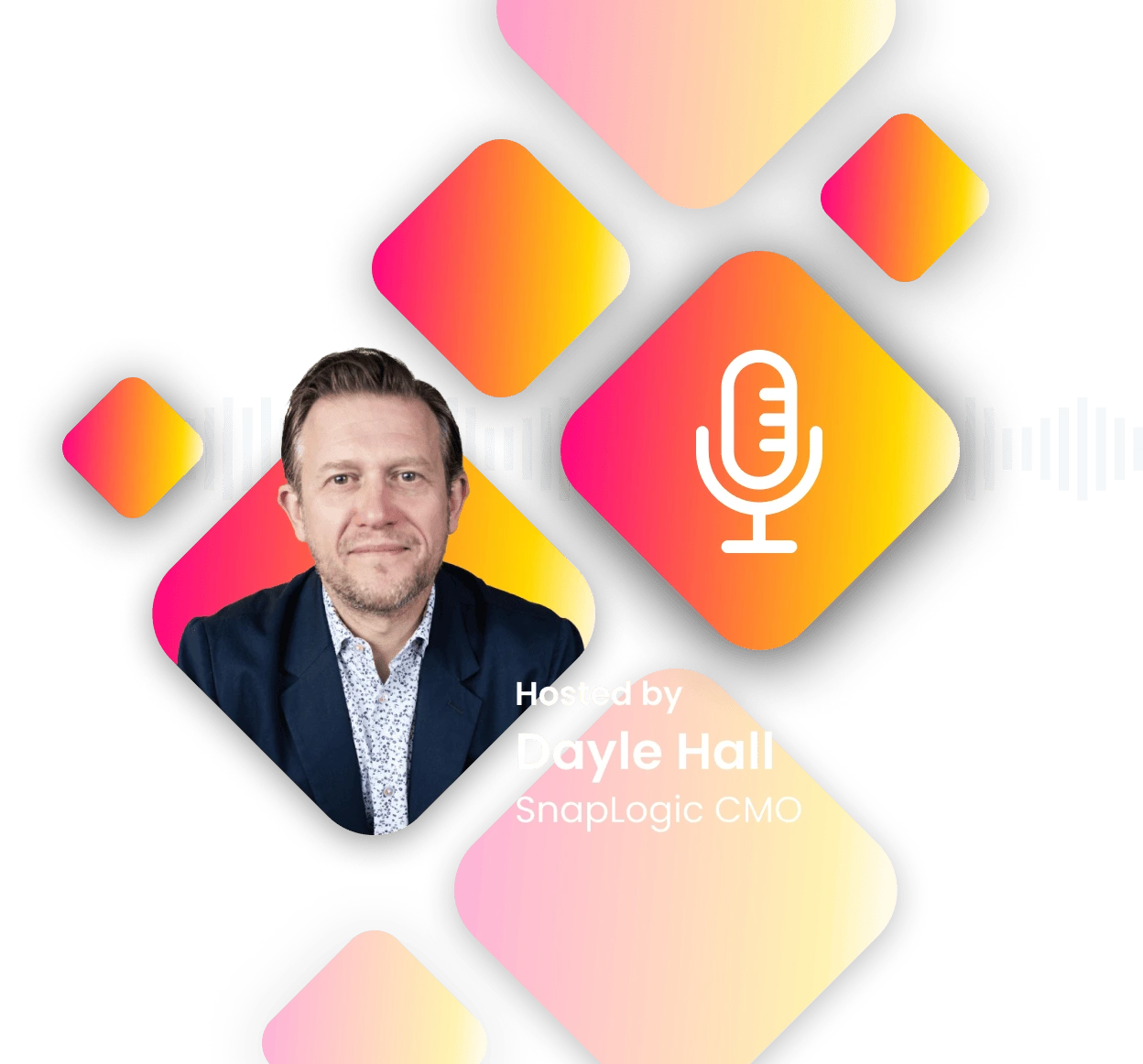Evolving the Enterprise Podcast
Hear from leaders in automation, AI, data, integration and more as they share their experiences and best practices on the road to enterprise technology success.
LISTEN TO ALL EPISODES ON
Tune in to hear from leaders across the industry
SEASON 3
Evolving the Enterprise
The rise of generative AI ushered in a new era of innovation and enterprises leaders are looking to AI to simplify, streamline and speed up their enterprises. To keep current on how industry leaders are tackling these new challenges (and capitalizing on new opportunities), tune into the “Evolving the Enterprise” podcast hosted by SnapLogic. Join candid conversations and delve into the worlds of all things data, AI, automation, integration and more as we explore the future of work together.
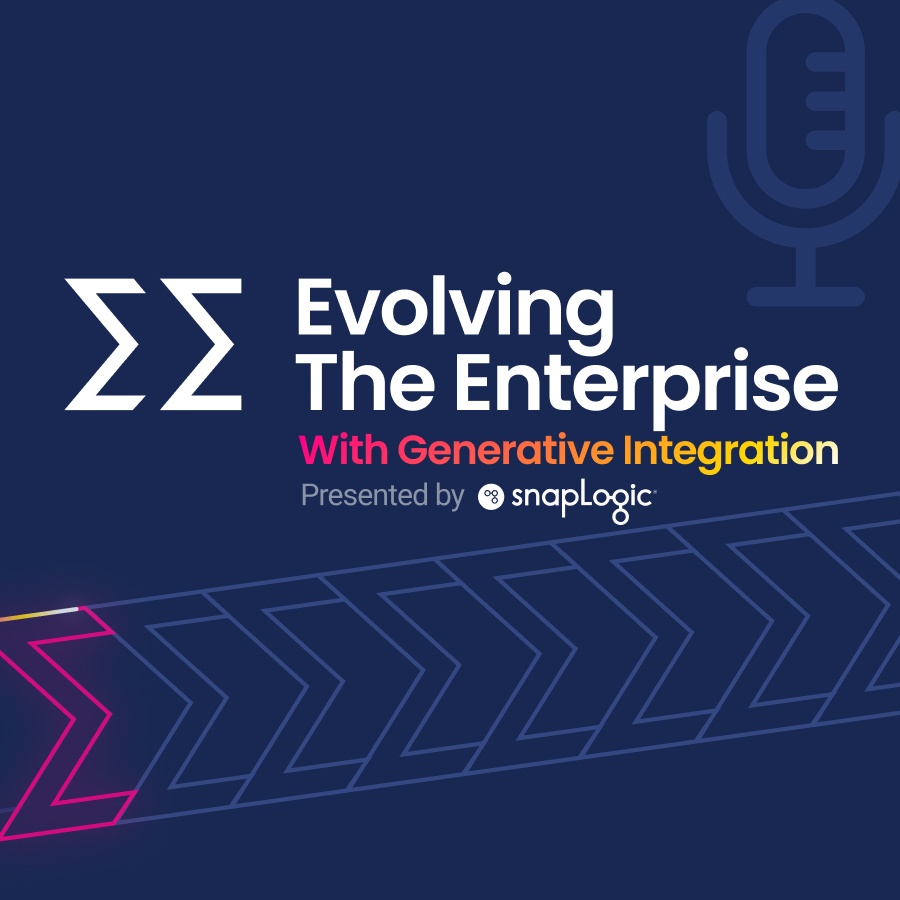
Featured Episodes
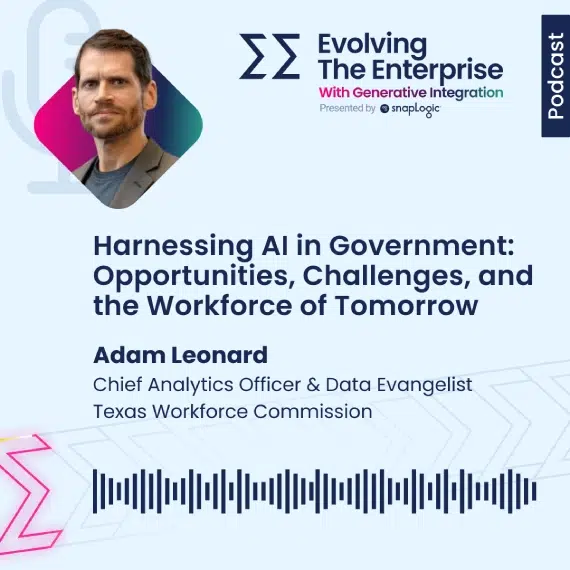
In this episode, Dayle Hall and Adam Leonard discuss the transformative impact of AI and automation on government operations, emphasizing the efficiency and potential of AI-powered tools in enabling government employees to focus on higher-value tasks. Adam highlights the ethical challenges posed by AI, including its role in misinformation and its implications for the workforce, advocating for a shift from credential-based hiring to a skills-centric approach. The conversation also delves into the societal implications of AI integration, stressing the need for adaptive education systems and responsible use of AI to ensure societal well-being.
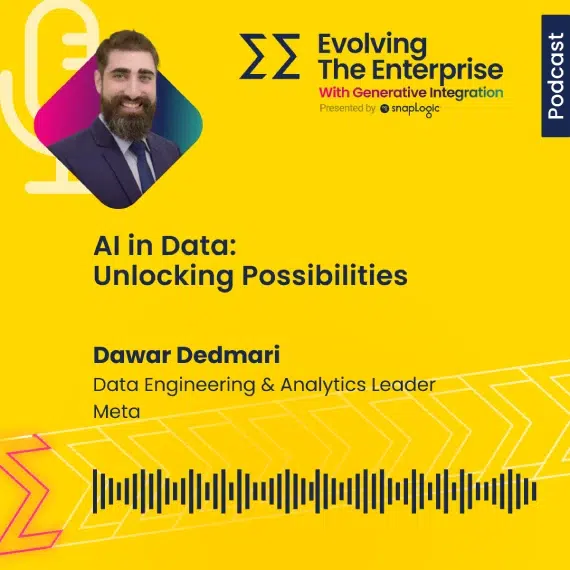
Dayle Hall and data expert Dawar Dedmari explore the dynamic world of AI and data, covering everything from basic AI concepts and data integration to ethical considerations and the future of data analytics. The episode provides a deep dive into how AI is reshaping data collection, analysis, and visualization, offering insights for business leaders and data enthusiasts on leveraging AI for innovative, data-driven strategies. Beyond the technology, this offers a glimpse into the experiences and perspectives of data professionals, highlighting the human element in the evolution of AI and data.
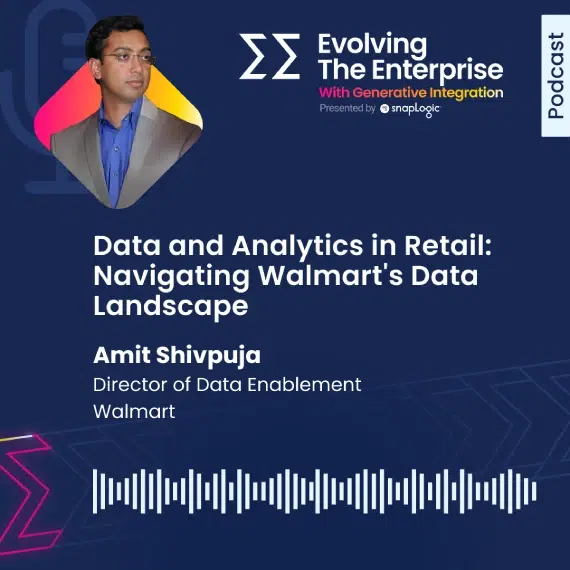
In this episode, Amit Shivpuja, Director of Data Enablement at Walmart, discusses how Walmart uses data for decision-making, efficiency, and fostering a data-driven culture. He delves into Walmart’s data governance, focusing on data quality, consistency, and the importance of collaboration across departments, as well as the impact of automation and AI on data processes. The episode provides insights into Walmart’s approach to managing vast data resources and leveraging them for business success, offering valuable information for data enthusiasts and business leaders.
LISTEN TO ALL EPISODES ON
Featured Episodes from Seasons 1 & 2
In the first two seasons, “Automating the Enterprise” brought together thought leaders from data, automation, AI, and integration. Hosted by SnapLogic, we shared enterprise technology successes and failures through discussions with industry experts, highlighting challenges and opportunities in creating the workplace of the future.
LISTEN TO ALL EPISODES ON


